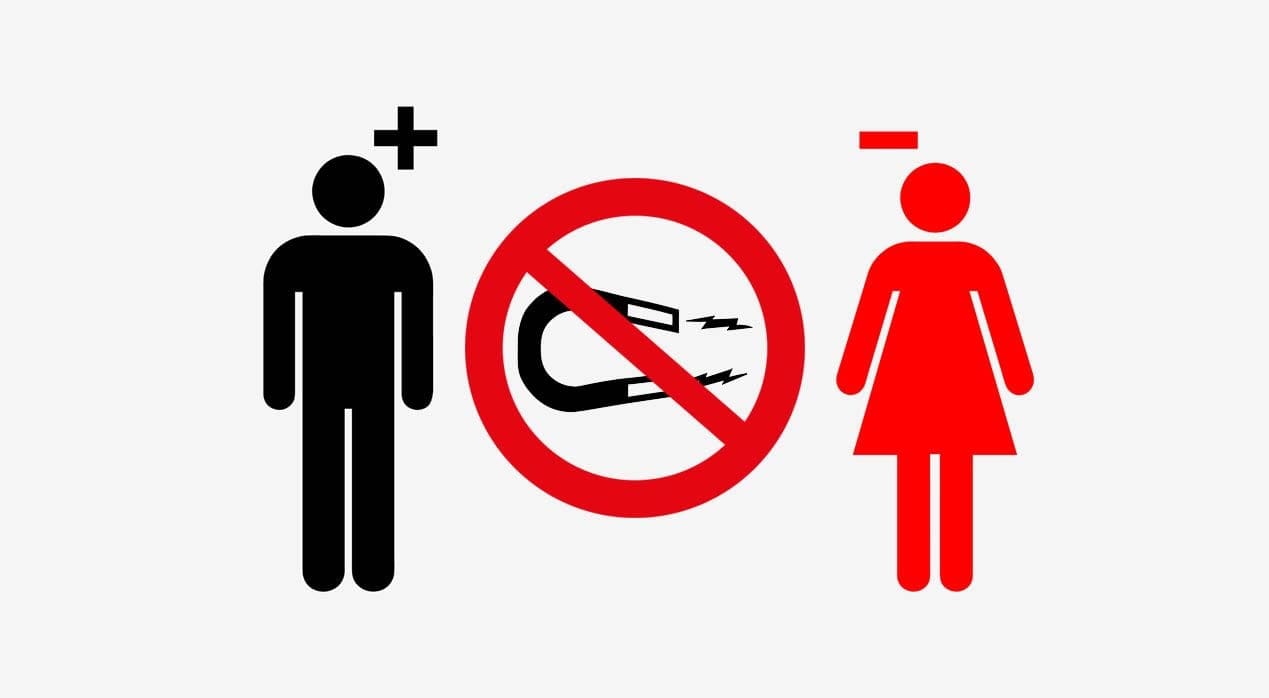Many a romance novel tells us that opposites attract. When the love story hits the movies, the library assistant winds up with the football star. The shy guy wins the homecoming queen. Real life partners, however, demonstrate again and again that it’s similarity that leads to attraction. Matthew D. Johnson, Chair and Professor of Psychology at Binghamton University, State University of New York, says we’re not looking for opposites. He points to years of studies where social scientists have been looking at a variety of desirable characteristics: attitudes, personality, outside interests and values.
Those researchers have found no evidence that differences in these traits or others — education, politics, upbringing, religion — lead to greater attraction. Similarity wins out by a wide margin in the hunt for a romantic partner.
Psychologists Matthew Montoya and Robert Horton in 2013 drew on more than 240 studies conducted since the 1950s. They found clear and convincing evidence that similarity is associated with attraction. Even in widely differing cultures, people chose similar, rather than opposite, partners.
When college students were given written bios of potential mates, they preferred the ones whose descriptions matched their own or their ideal self. Partners who were seen as complementary lost out. Introverts didn’t go out of their way to pick extroverts, for example.
But the myth of opposites attracting continues to fly in the face of all the scientific evidence, says Johnson, who is also Director of the Marriage and Family Studies Laboratory at Binghamton. Why do romantics cling to this scientifically disproven notion?
For one thing, it’s contrasts that stand out. We all know couples who are as alike as peas in a pod but who wind up in arguments about their differences, even if those differences are slight. For another, scientists have demonstrated that couples in committed relationships can ease into complementary patterns of behavior over time. For example, he becomes known as the funny one, and she takes on the role as the serious one. Differences that were small at the beginning of the romance can loom larger with the passing of years. Similar partners become more complementary over time.
The research evidence doesn’t mean that opposites can’t attract. It just shows that our attraction to similarities plays a much larger role in romance.
Read More in Johnson’s book: Great Myths of Intimate Relationships: Dating, Sex, and Marriage

